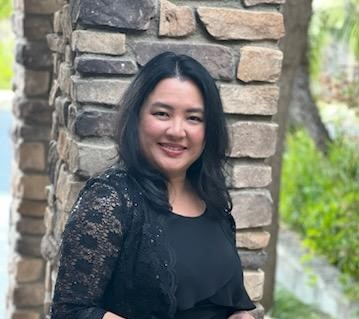“Anora” Cinematographer Drew Daniels on an Old School Approach to Modern, Misguided Love
Shot over 37 days in New York, one of this year’s awards darlings is Sean Baker’s compulsively riveting Anora, a lap-dancing underworld version of Cinderella. Mikey Madison plays the titular stripper, Anora/”Ani,” who thinks she has hit the jackpot when playboy and heir to a Russian oligarch, Ivan “Vanya” (Mark Eydelshteyn), falls in love with her. In an instant, she is plunged into a world of immense wealth, but will she be able to hang on to the rags-to-riches fantasy when forces outside of their budding romance are pressed into service to tear them apart? Furious about their marriage, Vanya’s father orders his enforcer, led by Toros (Karren Karagulian), to get the marriage annulled ASAP and by any means necessary.
Recently snagging seven BAFTA nominations, this gritty tale of ambition and misguided love is cinematographer Drew Daniels’ second feature with Baker after their 2021 collaboration on Baker’s Red Rocket. Here, Daniels discusses the beauty and risk of shooting on film, that phenomenal last sequence, and more.
What’s the shorthand that you’ve developed with Sean Baker after working on Red Rocket?
We connected on Red Rocket in an intimate way because it’s a very small production. So, I understand Sean’s taste as an artist. Part of the cinematographer’s job is to meld minds with the director, become a detective, and try to understand what he wants without having to say it. You’re always searching for emotions and things that aren’t articulated. So, if you understand him and the writing, you can dig deep.
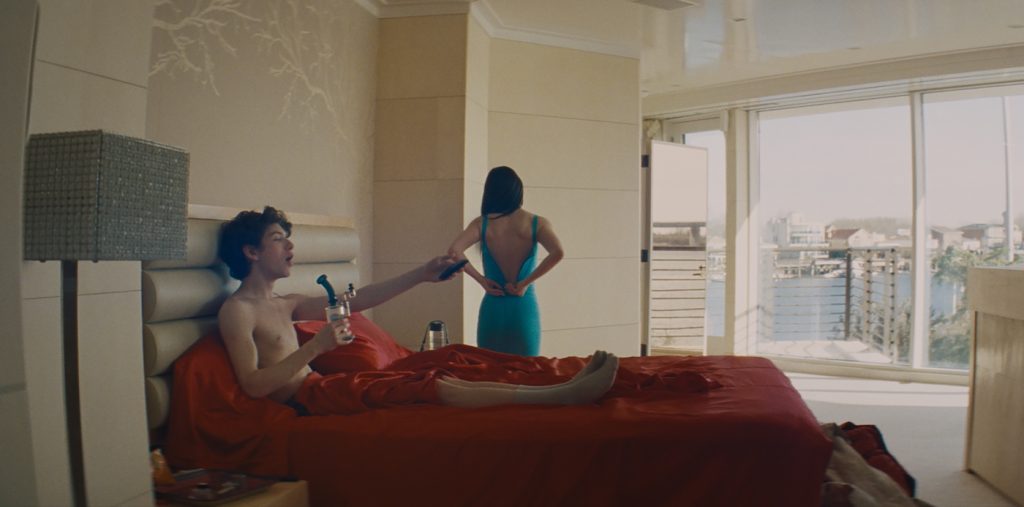
How did all that translate to the Anora set?
Sean included me from the very beginning when he started writing it and bounced some ideas off me. So, I understood the story’s evolution. We didn’t have unlimited time with him during production and prep was very quick. So, our connection from Red Rock really helped me understand what he was going for. I’m really proud of that—the goal as a DP is always to be able to get in the head of the director. I feel pretty confident that I shot the film that he wanted to make.
Did you choose the 35mm format over digital to capture the vibe of the story and the nostalgic romanticism of celluloid, or do you just prefer the grainy look of film?
It’s a bit of everything. It’s almost a no-brainer for us—if we can afford it, we’re shooting on film. It just feels right. Sean and I really enjoy the process, which is very different from digital. Film focuses the energy and gets everybody excited. Every day, you get your dailies, and it’s kind of like Christmas. There’s a lot of uncertainty, and it can feel like the Wild West. There’s this magic when you expose a negative, and everybody’s hard work comes together on this little frame. With digital, everybody can see exactly what the lighting will look like and what the finished product will be.
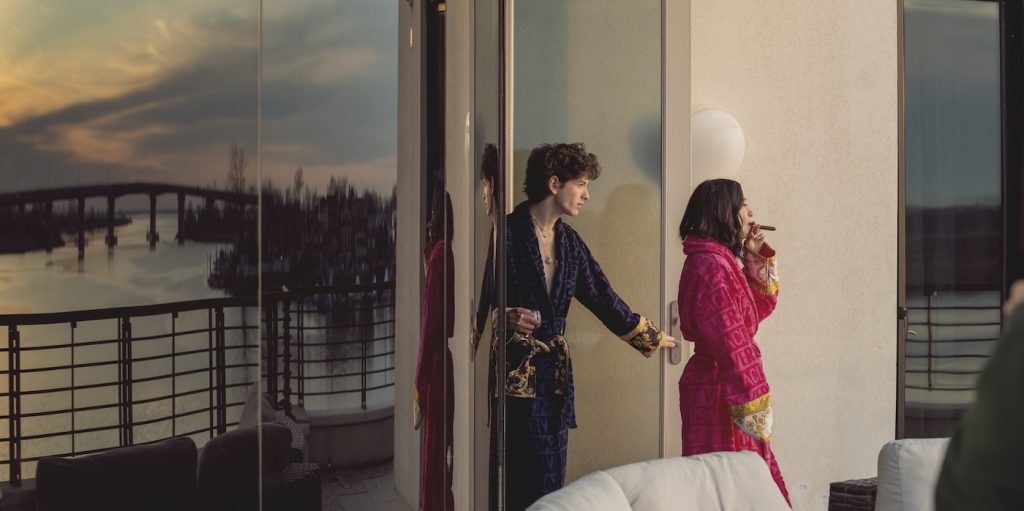
So with the precision of digital, you may lose some of that magic?
Kind of, and the happy accidents, too, it’s something we try to make space for. There’s also this impossible-ness of shooting a film like this in New York City on 35mm anamorphic that’s very attractive to me. We never had enough light or time, never enough of anything. Shooting with old, vintage Russian anamorphic lenses on the streets of New York added an interesting challenge. 35mm was what Hollywood movies from the ‘50s and ‘60s shot on—making our little movie on that format felt like a nice contrast.
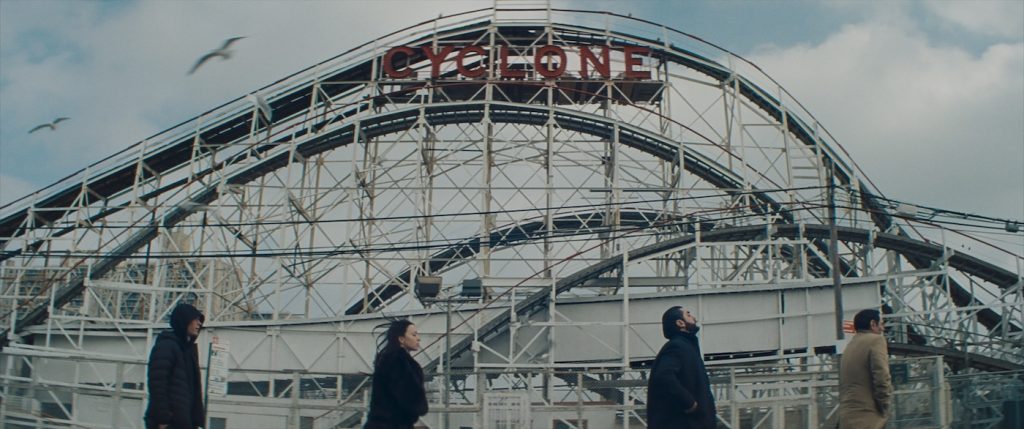
It’s meshing the modern with the old.
Exactly, a modern story with an old Hollywood format and old lenses—we have this gritty, indie story in a romantic, large format. I just loved the contrast on many levels.
What lenses and cameras did you use?
The ARRI Arricam LT with LOMO anamorphic lenses. I like the imperfections and unpredictability of film.
How big was your camera crew?
Very small, just me, a first and second [assistant camera] and a loader, plus lighting and grips.
What visual style were you and Sean going for?
Sean prefers the elegance of the camera, minimalism, and shooting for the edit. He likes to use the camera almost as an observer, like cinéma verité, instead of using it to steer the audience’s psychology. I enjoy subjective filmmaking, using the camera language to get into a character’s head. Some moments are very subjective, like when Ani and Igor look into the cameras at the end, or the camera might push in on a certain moment or zoom in really fast. The camera language here is naturalism, objectivity, and verité—it’s also a bit of Sean’s personality and a bit of mine.
The opening sequence establishes Ani’s slice of life in the lap dancing club. What was it like to shoot that?
The slow-motion tracking shot following the girls dancing is one of my favorites. While Sean and I were scouting, we stumbled upon this hallway in the back where lap dances were performed just three feet away. As soon as we saw that, we knew it had to be in the movie! It was very dark, and I didn’t have enough light to make it look natural. The low light levels were tough but I also didn’t want it to feel artificial. I try to obey the lighting of the space and enhance certain aspects. I wanted it to still feel dark, with lots of reds and warm colors. You’re trying to make it feel real for the actors, too. We gave Mikey the space to roam around the entire club while she improvised; she had an earpiece with Sean feeding her some lines and directing her.
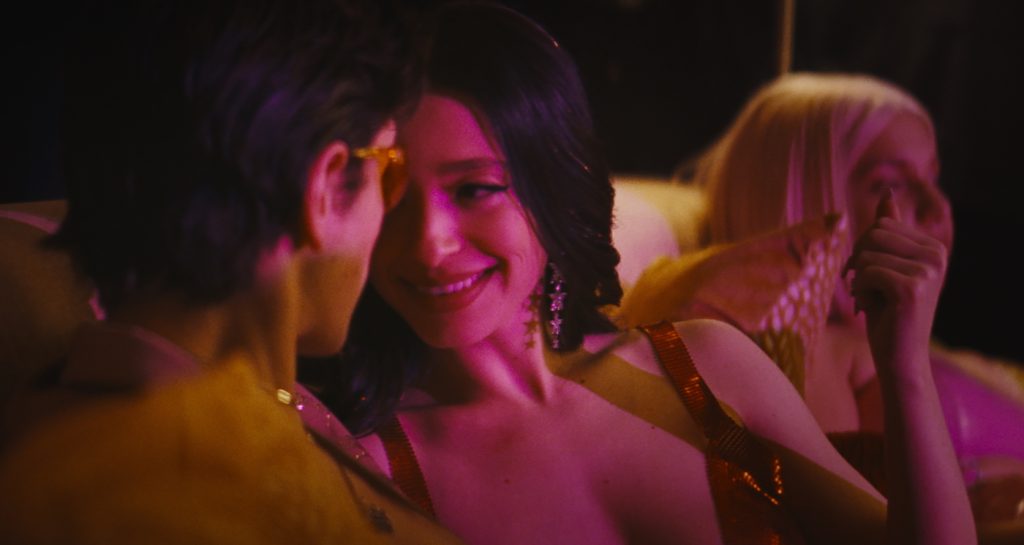
How long did you shoot there?
Six days, half of that was shooting Ani lap dancing in the opening.
What was the most memorable sequence?
The most memorable and most difficult was the home invasion sequence. It was just a beast to tackle—30 pages that we shot over eight days in the middle of the winter in a house with windows and mirrors in every direction. We used natural light, so you lose the light eight or nine hours into your day. We had to figure out other stuff to shoot for the rest of the day, which was often lighting some of the shots where you didn’t see any windows. Many shots in that sequence were actually shot at night. The windows were very tinted, so even though it’s light outside, you’re still underexposed. We had to maintain that low light level consistently across eight days through every kind of weather—rain, sun, clouds, and storms—which was a huge challenge. But we didn’t have any snow, which we wanted.
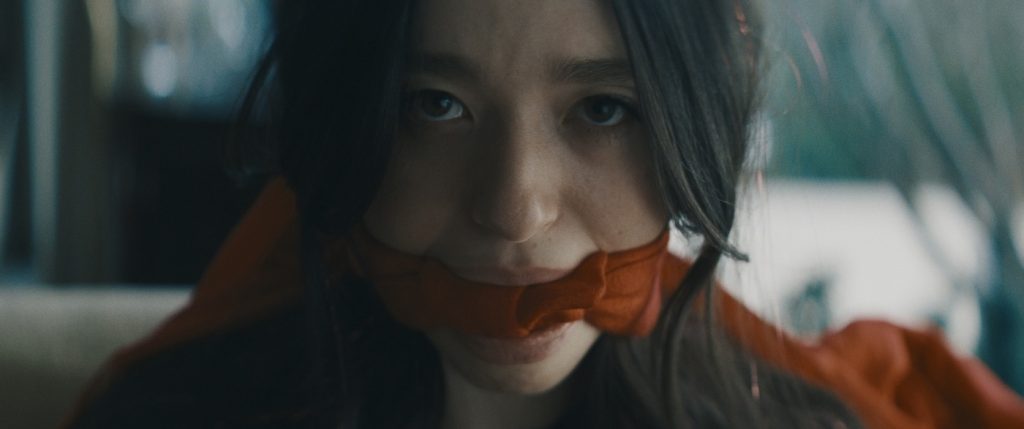
When Toros calls in two enforcers to detain Ani at the house—Igor (Yura Borisov) and Garnik (Vache Tovmasyan)—all hell breaks loose as she bites, headbutts, and kicks them trying to break free. How did you maintain that level of chaos for days?
It was a challenge blocking that because they fought everywhere: the living room, upstairs, and then back to the door. We sliced it into sections based on the blocking. We want an evolution of the camera language—they started with this calm, grounded language. Once it gets chaotic, we used handheld. We shot it in script order, so as Ani’s struggle progressed, we learned more about who these characters were.
There’s a frenetic sequence where Toros drags Ani and the men around the city looking for Vanya. What was it like to shoot that?
That was chaotic. We traveled in the size of a documentary crew because we wanted to be small and still shoot in as many locations as possible with existing light. With all those places, we wanted to show how much partying Ani and Vanya did together and get a sense of what it feels like in Brighton Beach. There’s so much texture in that community.
That sequence showed just how terrified Toros was of Vanya’s parents, nothing could stop him from resolving this before they arrive. He was going out of his mind—even walking out in the middle of a baptism!
It’s about the hierarchy of power dynamics that’s obeyed in Vanya’s world. As the son of the oligarch, he is superior to Toros, a grown man with a family. Ani is at the bottom of that, even though she thought she was finally getting to the top. We explored that with the camera without being too obvious.
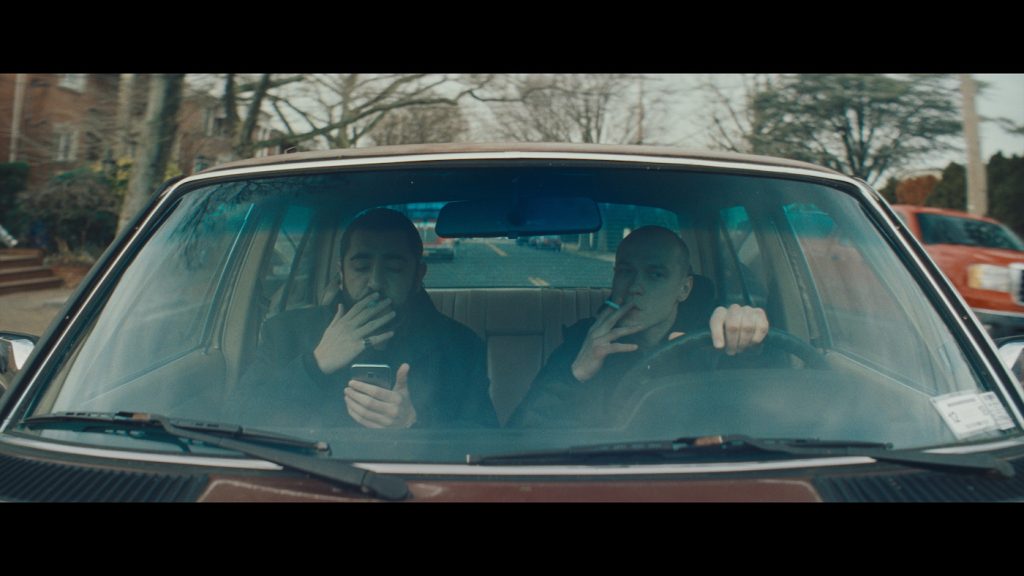
After Ani loses everything, Igor drops her off at her apartment, and they have a very emotional and bittersweet experience in the car.
It was shot inside an old Mercedes over three days at two different locations due to the logistics of shooting in New York and the intimacy required for that scene. It’s a miracle the actors maintained that level of emotion. It was nerve-wracking for Sean because there are only so many places to put a camera inside a car.
Was that shot on a handheld?
No, we were always on a tripod. Once Igor comes back in the car, we switch to their perspectives. He settles down into the shot, closes the door, turns to look at the camera, and then she looks at the camera; I just love that. That was Sean’s idea—I don’t think it would be nearly as emotional if they weren’t looking right at the camera. It’s a very privileged perspective to put the audience in—it finally gives the audience the intimacy and genuine connection they’ve been denied the whole film. It hits you because it’s unexpected. When they do have sex, it’s slow and messy; all you’re hearing is the windshield wipers. After such a chaotic story, you finally have this calm that’s earned.
The ending is left ambiguous. How do you think it ends for them?
In all my favorite movies, the ending isn’t buttoned up; everyone goes home with different ideas. Do they end up together? What did the sex mean? Was it transactional? Was it real? It waits till the very end to rip your heart out a bit in this subtle way and leaves you with a million questions. To me, that’s a good ending and a good film.
Anora is playing in select theaters and is available on PVOD.
Featured image: Mikey Madison as Ani and Mark Eydelshteyn as Ivan in “ANORA.” Courtesy of NEON.

